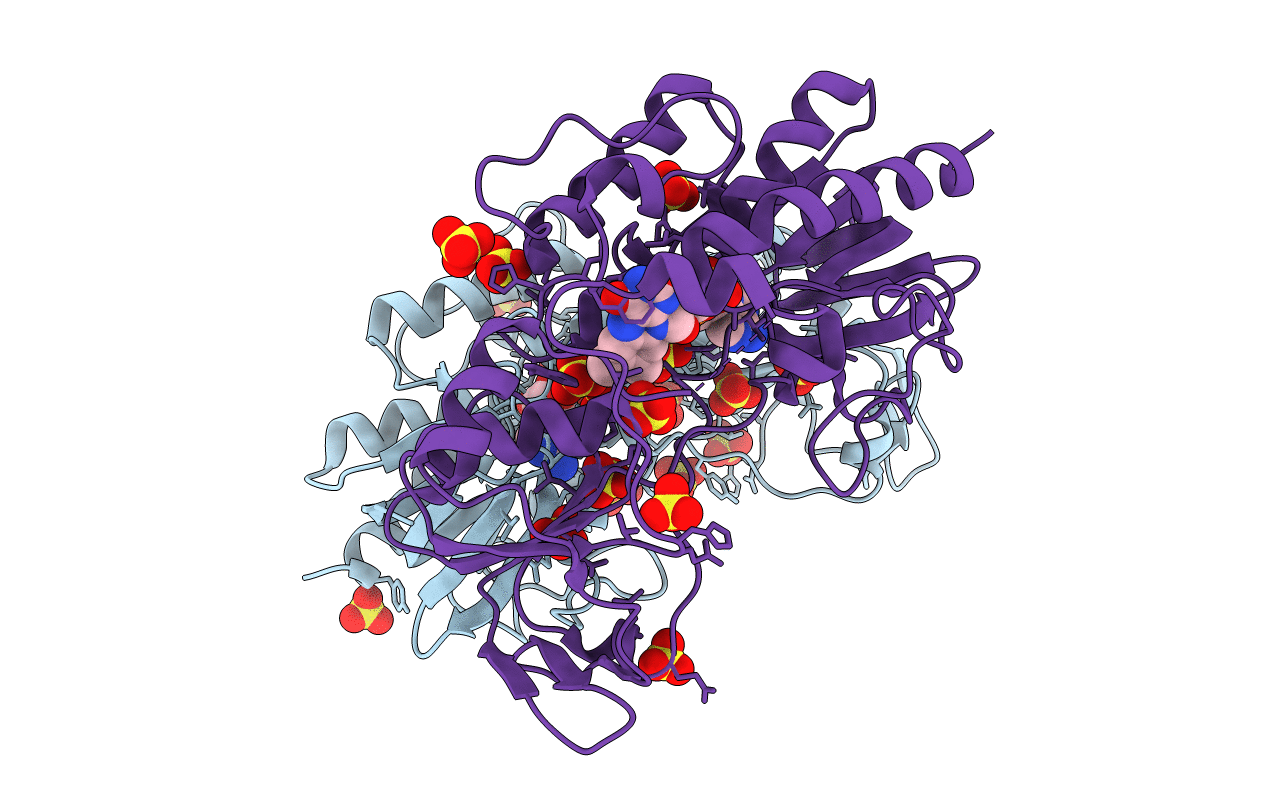
Deposition Date
2011-11-29
Release Date
2012-04-25
Last Version Date
2023-12-20
Entry Detail
PDB ID:
4A9W
Keywords:
Title:
Flavin-containing monooxygenase from Stenotrophomonas maltophilia
Biological Source:
Source Organism:
STENOTROPHOMONAS MALTOPHILIA (Taxon ID: 40324)
Host Organism:
Method Details:
Experimental Method:
Resolution:
2.72 Å
R-Value Free:
0.23
R-Value Work:
0.18
R-Value Observed:
0.18
Space Group:
P 32


